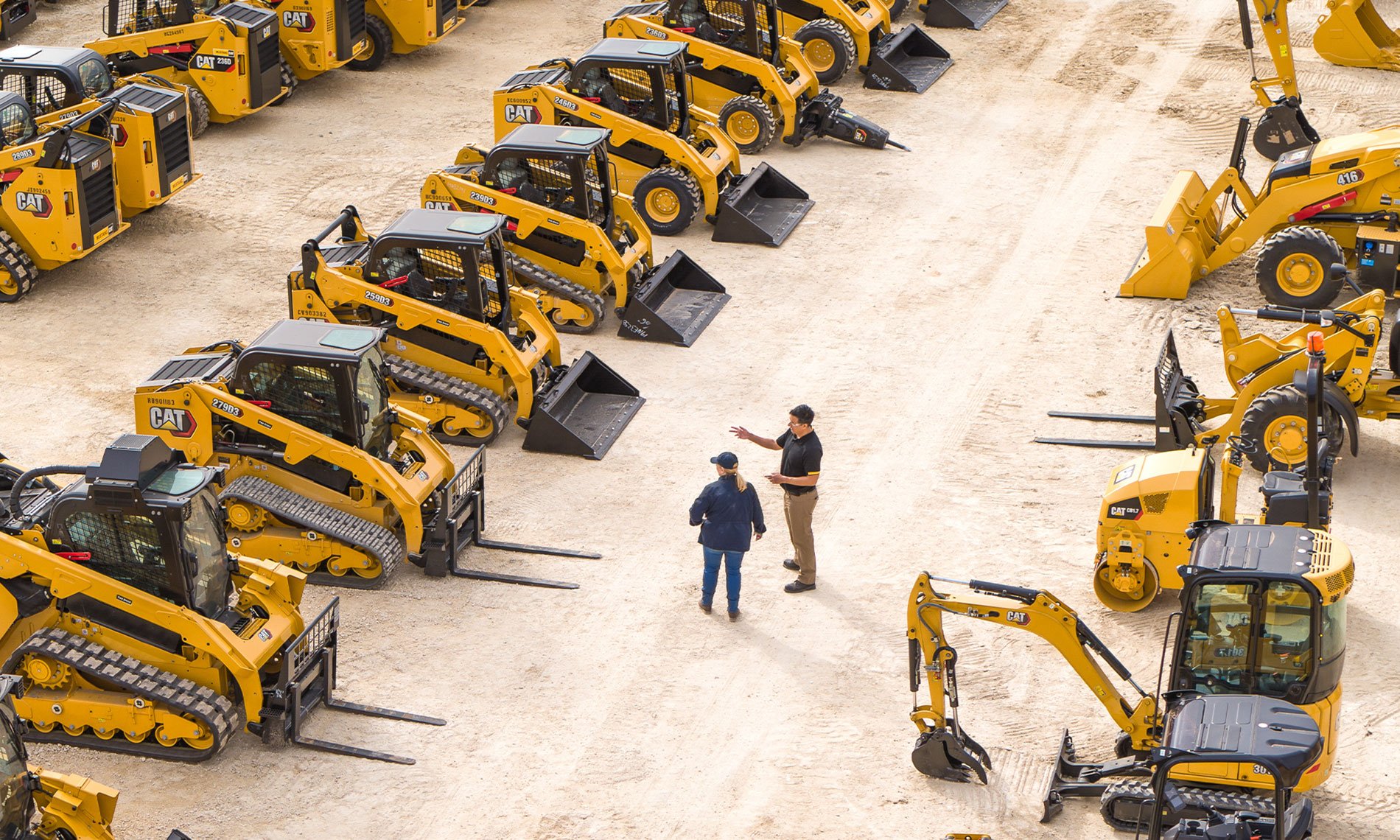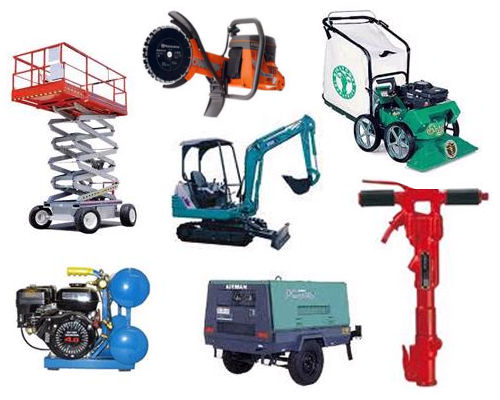Optimize Your Spending Plan by Recognizing the Costs Associated With Construction Devices Rentals
Recognizing the full range of prices connected with building tools leasings is critical for optimizing your spending plan. What strategies can be utilized to properly manage these costs and ensure a much more effective rental experience?
Review of Rental Prices
When considering construction devices leasings, understanding the linked expenses is extremely important for reliable budgeting and job planning. Rental costs can differ dramatically based on a number of factors, consisting of equipment type, duration of leasing, and area. The first rental charge usually reflects the devices's market need and its connected functional abilities, affecting the total cost.
In addition to the base rental rate, ancillary costs might occur, such as transportation costs, fuel additional charges, and maintenance fees. It is important to account for these extra costs to precisely examine the overall cost of renting tools. Moreover, the rental duration can influence pricing; longer leasings may qualify for discounted prices, while short-term rentals may sustain greater day-to-day charges.

Malfunction of Rental Prices
A thorough understanding of rental rates is essential for specialists and job supervisors intending to optimize their budgets. Rental rates for construction devices usually consist of several parts, including base prices, time-based fees, and usage charges.
Base rates are the core fees related to the service of the equipment, commonly established by the kind and dimension of the machinery. These prices can vary dramatically, influenced by variables such as equipment need, accessibility, and regional market fads. Time-based charges, which might be daily, weekly, or monthly, serve to fit various task timelines and rental durations.
Additionally, rental rates may include usage fees, which are applicable when devices is used past a defined limit, guaranteeing that the rental company can account for deterioration. Seasonal need fluctuations can additionally affect rental rates, with peak construction periods usually regulating higher rates.
Furthermore, recognizing the rental firm's plans relating to upkeep and insurance policy can provide additional understanding right into the general cost framework. By examining these components, professionals can make enlightened decisions, guaranteeing the choice of rental equipment lines up with both project needs and budget plan restrictions.
Added Charges to Consider
Understanding the complexities of extra costs is essential for professionals to handle their general service expenses efficiently. Beyond the conventional rental rates, various additional fees can considerably affect the complete cost of devices rental. These fees typically include shipment and pickup costs, which can vary based on distance and logistics Website entailed in transporting the equipment to and from the job website.
Furthermore, some rental business might enforce gas surcharges if the tools is returned with less fuel than when rented. It is likewise essential to understand prospective cleansing costs, especially for specific equipment that calls for detailed upkeep after use.

Completely reviewing the rental agreement and clarifying these additional fees in advance can help service providers ensure and avoid unanticipated costs that budgets continue to be undamaged throughout the job lifecycle.
Upkeep and Repair Work Expenditures
Normal maintenance and repair work expenditures are often ignored aspects that can substantially influence the overall price of building devices services. When renting out devices, it is essential to consider not only the rental fees but also the possible prices related to maintaining the machinery in optimum operating problem.
Several rental companies consist of standard upkeep as component of the rental agreement; nonetheless, more comprehensive repair services or unanticipated breakdowns can lead to added costs. It's necessary to assess the rental agreement carefully to comprehend what maintenance solutions are covered and what duties fall on the occupant.
In addition, equipment that is not well-kept can lead to inadequacies on duty site, possibly increasing and causing delays project expenses. To mitigate these dangers, it is recommended to perform regular examinations and keep open interaction with the rental supplier pertaining to any concerns that develop during usage.
Insurance Policy and Responsibility Expenses
Insurance policy and liability costs are essential elements that can dramatically impact the overall expense of building tools leasings (aerial lift rental). These costs guarantee that both the rental firm and the customer are shielded from prospective monetary losses occurring from mishaps, damage, or theft during the rental period

Furthermore, customers need to be mindful of any deductibles or exemptions in the insurance plan, as these can impact prospective out-of-pocket expenditures. Recognizing the terms and conditions of any type of insurance policy coverage is crucial try this site to avoid unanticipated costs. Eventually, budgeting for insurance policy and liability costs can assist ensure a smoother rental experience and safeguard against monetary dangers linked with building projects.
Conclusion
To conclude, a detailed understanding of the expenses connected with construction tools rentals is important for effective budget management. By evaluating rental prices, additional costs, upkeep expenses, and insurance policy individuals, organizations and demands can decrease unanticipated expenditures. This tactical technique not just boosts cost-effectiveness however likewise makes certain that projects you could check here proceed efficiently and effectively. Eventually, educated decision-making regarding equipment leasings contributes to the general success of building endeavors.
Rental prices can differ considerably based on numerous factors, consisting of tools kind, duration of leasing, and area (boom lift rental). The rental period can affect pricing; longer rentals may certify for reduced rates, while temporary rentals could sustain higher daily charges
By performing complete research and engaging with reliable rental companies, service providers can properly navigate the complexities of rental pricing, eventually maximizing their economic resources.
Beyond the conventional rental rates, different extra costs can dramatically affect the overall cost of equipment service. Rental firms often offer liability insurance coverage that covers injuries to 3rd celebrations or damages to residential or commercial property, while tools damages insurance can cover the expense of repair work or replacement if the leased tools is harmed.